Jongeun Kim
Effective Slogan Generation with Noise Perturbation
Oct 12, 2023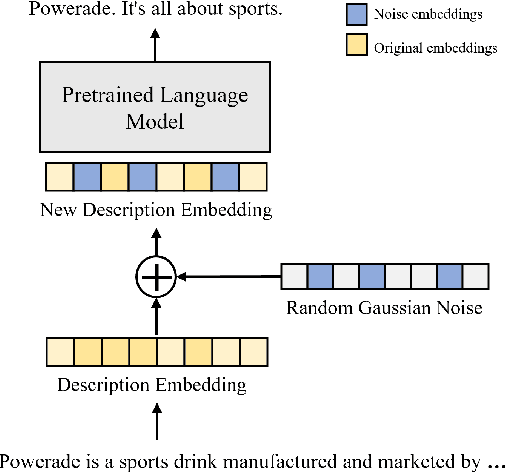


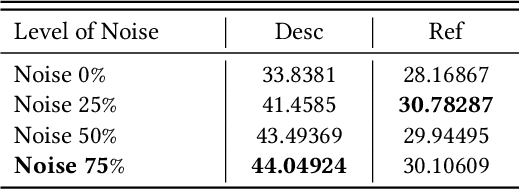
Abstract:Slogans play a crucial role in building the brand's identity of the firm. A slogan is expected to reflect firm's vision and brand's value propositions in memorable and likeable ways. Automating the generation of slogans with such characteristics is challenging. Previous studies developted and tested slogan generation with syntactic control and summarization models which are not capable of generating distinctive slogans. We introduce a a novel apporach that leverages pre-trained transformer T5 model with noise perturbation on newly proposed 1:N matching pair dataset. This approach serves as a contributing fator in generting distinctive and coherent slogans. Turthermore, the proposed approach incorporates descriptions about the firm and brand into the generation of slogans. We evaluate generated slogans based on ROUGE1, ROUGEL and Cosine Similarity metrics and also assess them with human subjects in terms of slogan's distinctiveness, coherence, and fluency. The results demonstrate that our approach yields better performance than baseline models and other transformer-based models.
Technical Report for CVPR 2022 LOVEU AQTC Challenge
Jun 29, 2022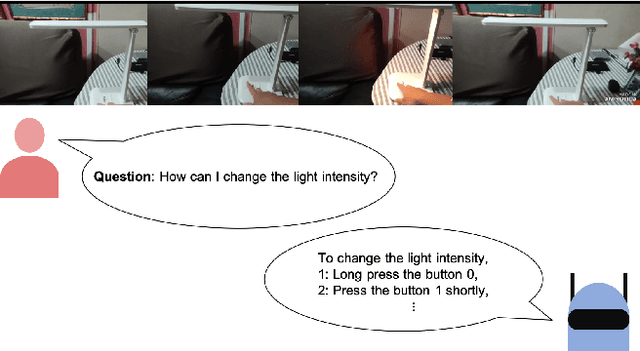

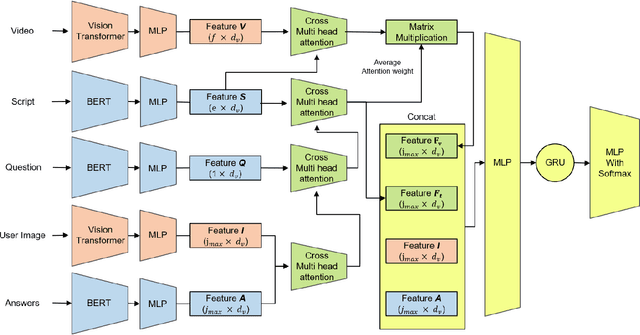
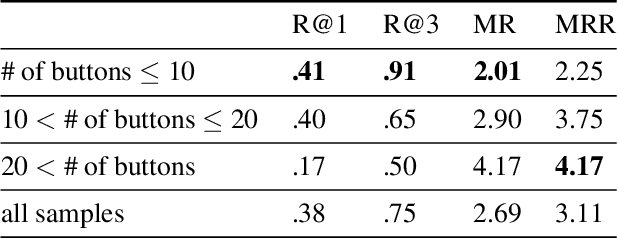
Abstract:This technical report presents the 2nd winning model for AQTC, a task newly introduced in CVPR 2022 LOng-form VidEo Understanding (LOVEU) challenges. This challenge faces difficulties with multi-step answers, multi-modal, and diverse and changing button representations in video. We address this problem by proposing a new context ground module attention mechanism for more effective feature mapping. In addition, we also perform the analysis over the number of buttons and ablation study of different step networks and video features. As a result, we achieved the overall 2nd place in LOVEU competition track 3, specifically the 1st place in two out of four evaluation metrics. Our code is available at https://github.com/jaykim9870/ CVPR-22_LOVEU_unipyler.
Learning Symbolic Expressions: Mixed-Integer Formulations, Cuts, and Heuristics
Feb 24, 2021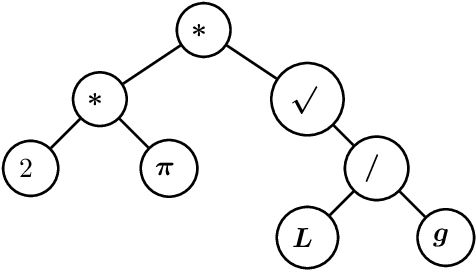



Abstract:In this paper we consider the problem of learning a regression function without assuming its functional form. This problem is referred to as symbolic regression. An expression tree is typically used to represent a solution function, which is determined by assigning operators and operands to the nodes. The symbolic regression problem can be formulated as a nonconvex mixed-integer nonlinear program (MINLP), where binary variables are used to assign operators and nonlinear expressions are used to propagate data values through nonlinear operators such as square, square root, and exponential. We extend this formulation by adding new cuts that improve the solution of this challenging MINLP. We also propose a heuristic that iteratively builds an expression tree by solving a restricted MINLP. We perform computational experiments and compare our approach with a mixed-integer program-based method and a neural-network-based method from the literature.
 Add to Chrome
Add to Chrome Add to Firefox
Add to Firefox Add to Edge
Add to Edge